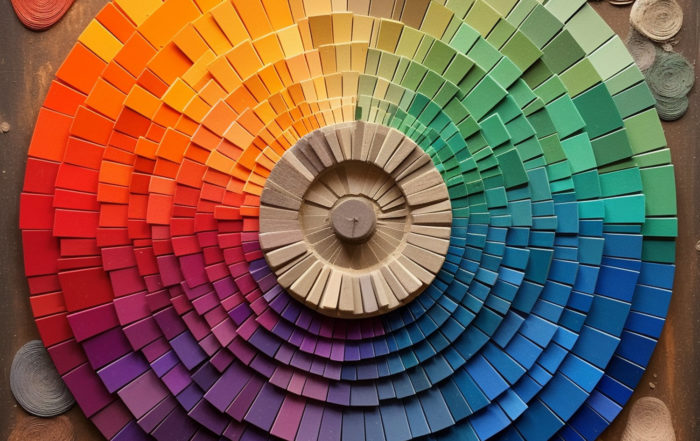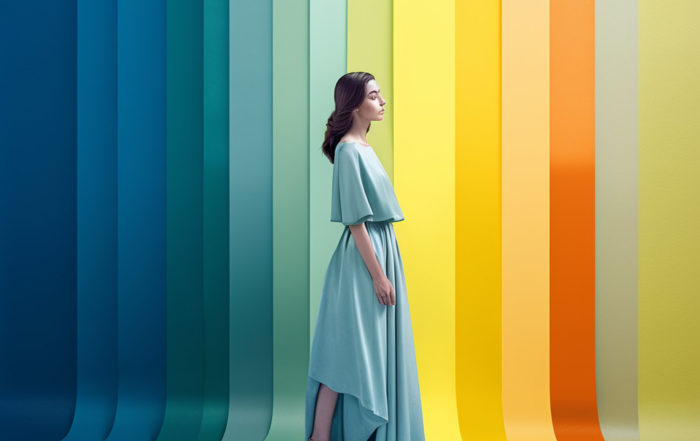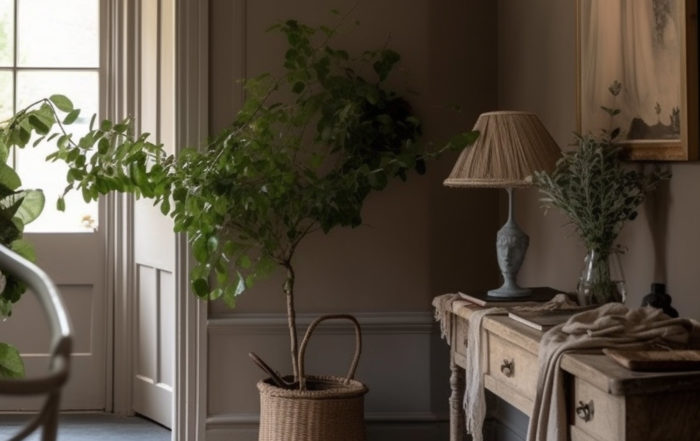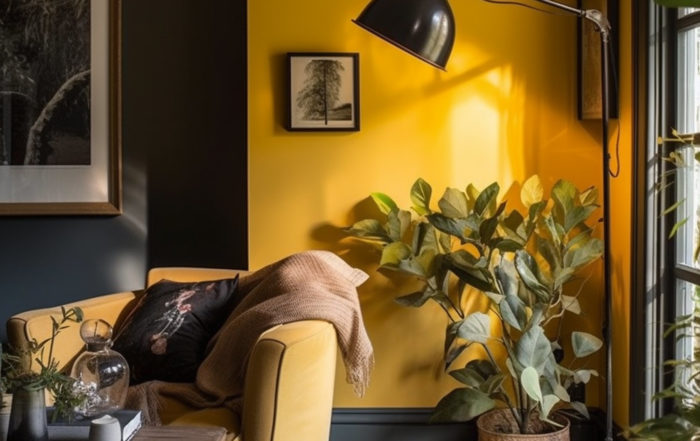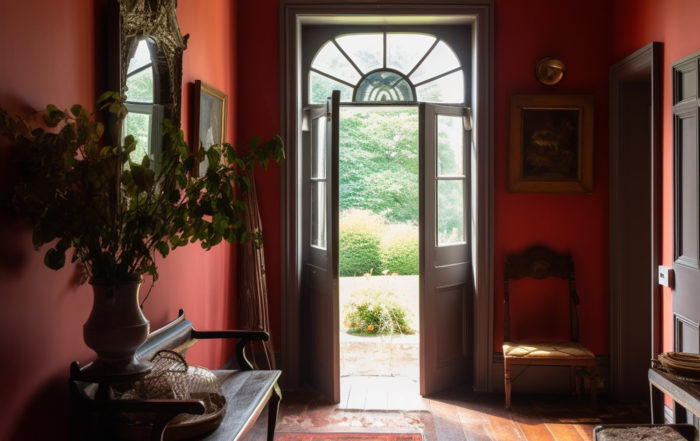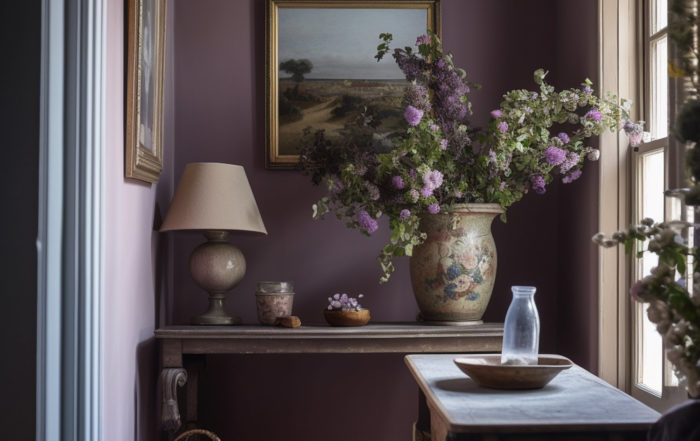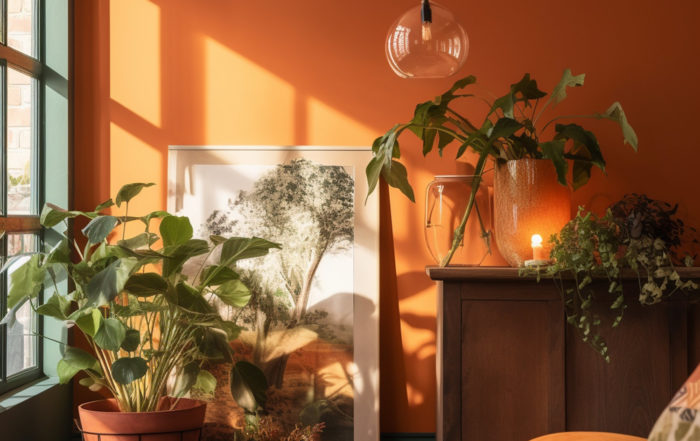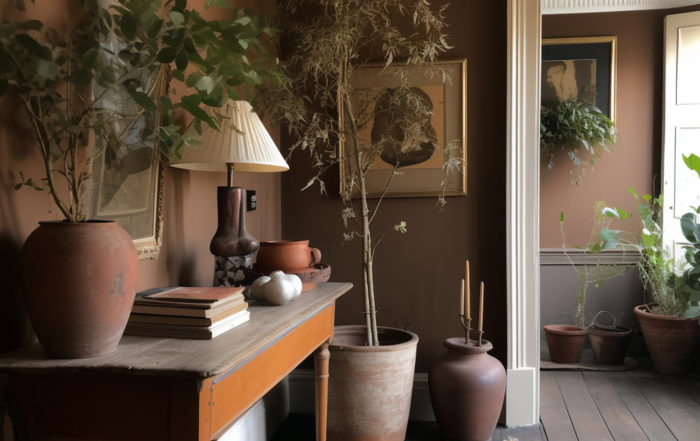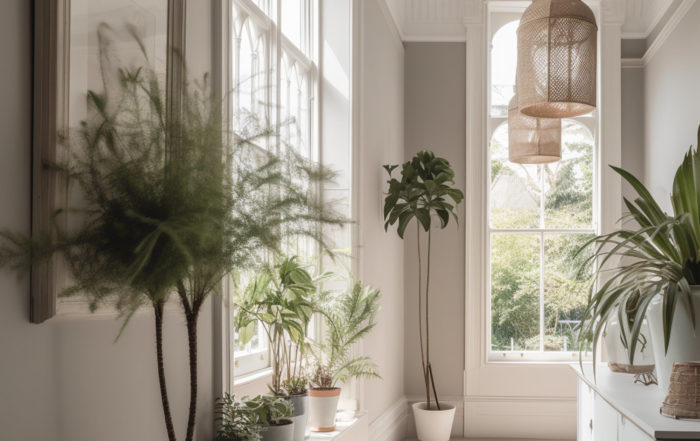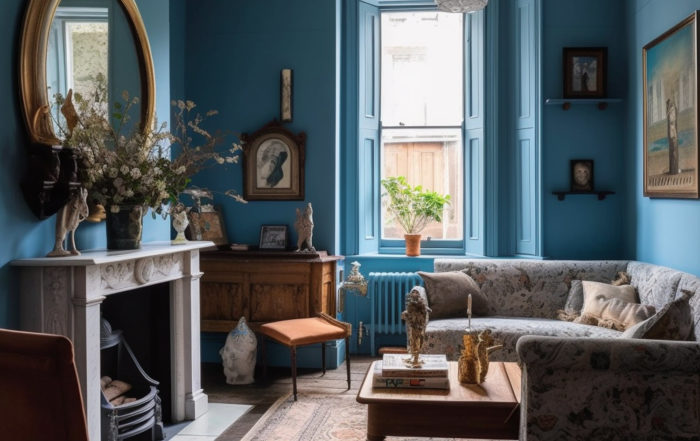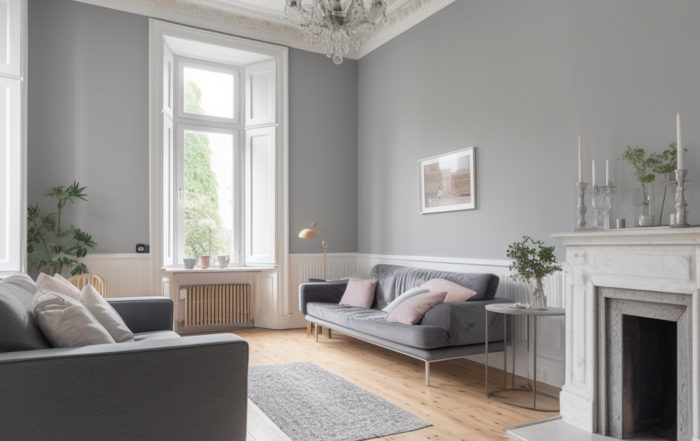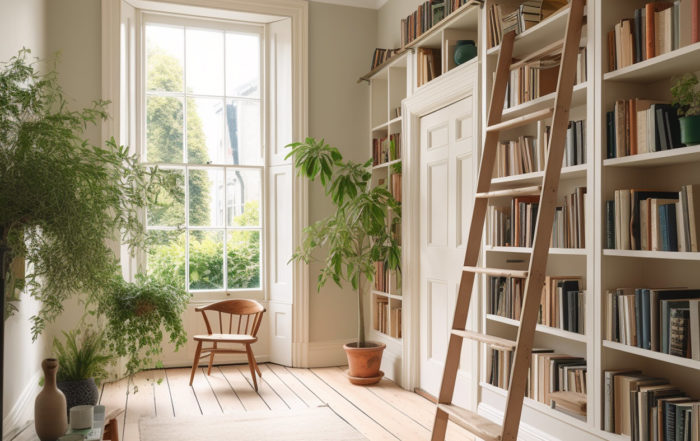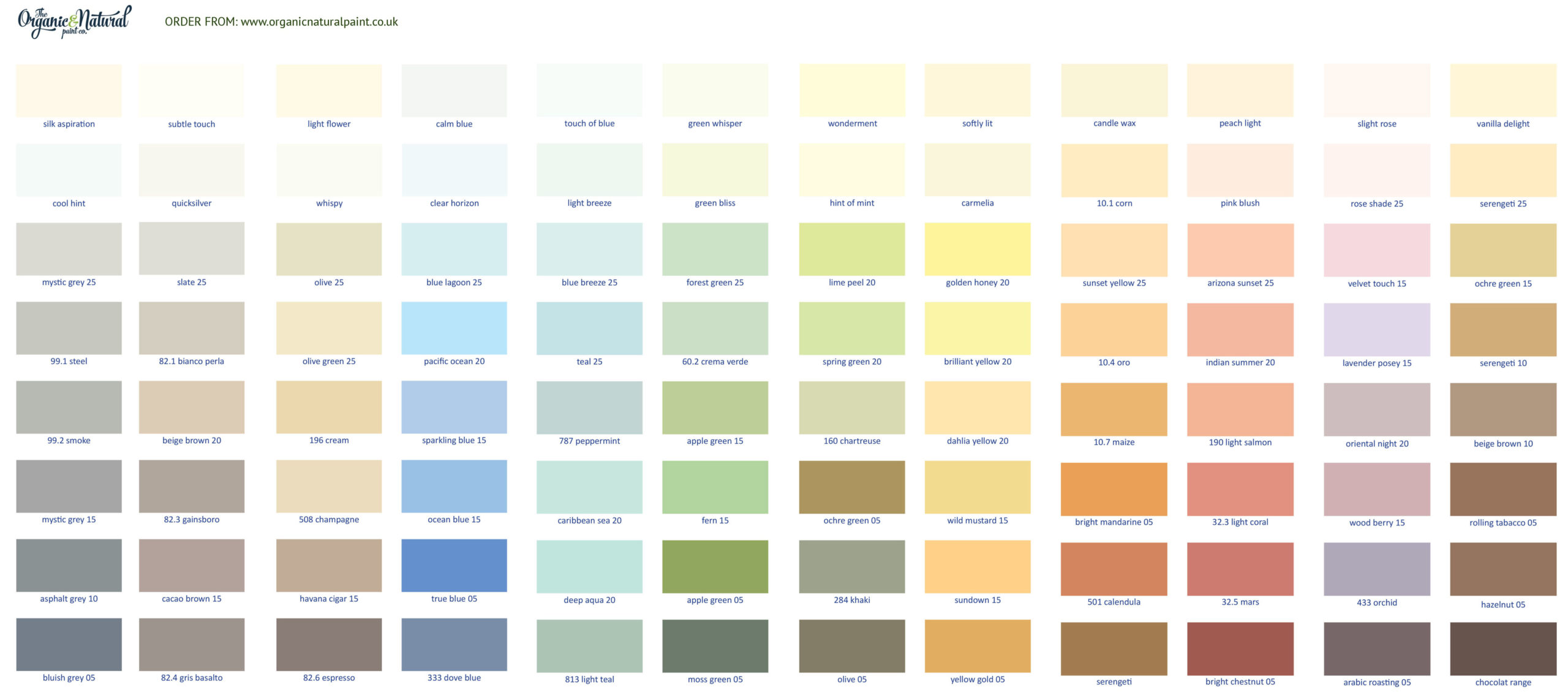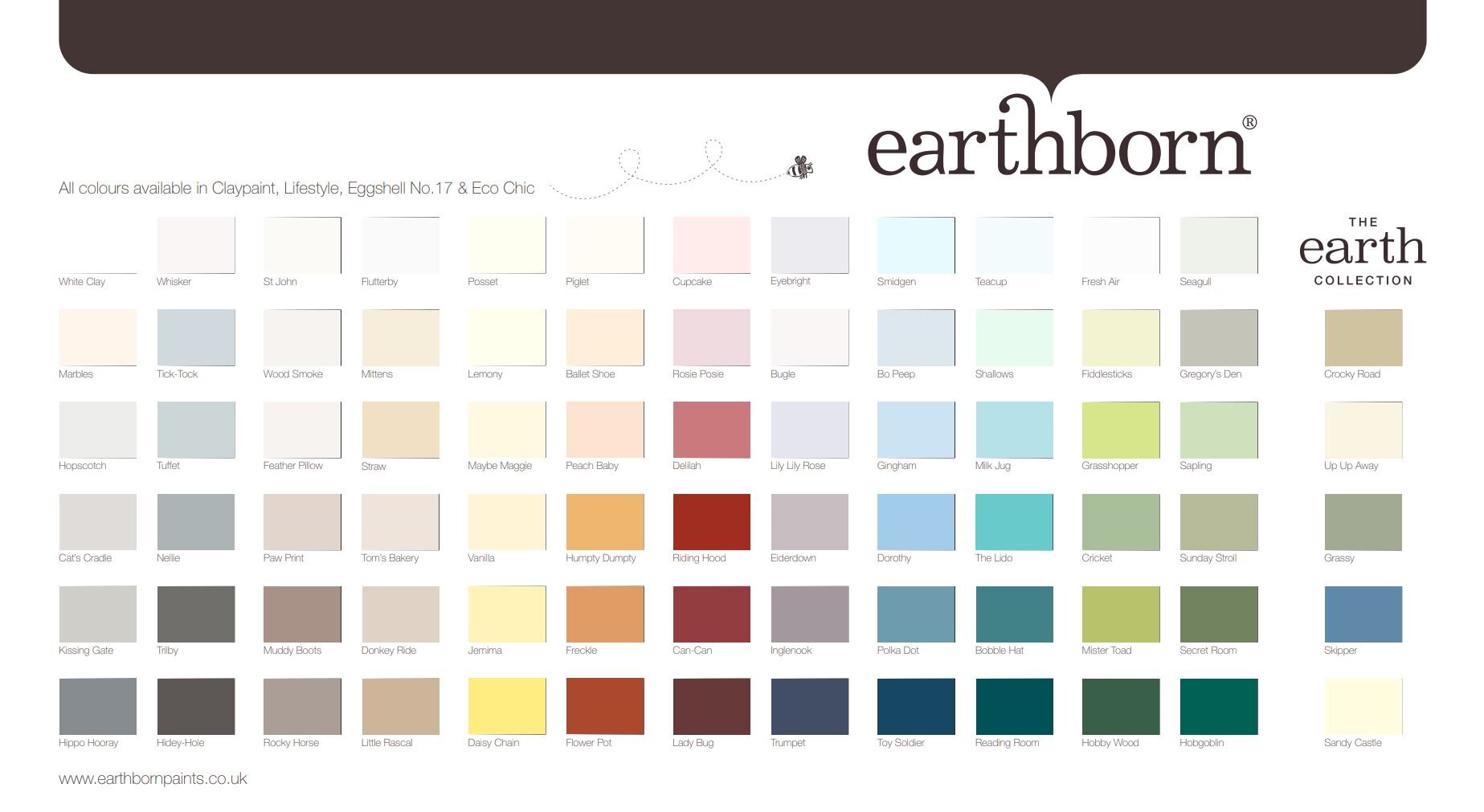The Art of Choosing Wall Paint Colours for Your Home
Transforming your living space with the perfect wall paint colour can be both exciting and overwhelming. With a gorgeous range of natural paint colours available, it’s essential to know the basics and consider factors that will help you create a harmonious and personalised home. The significance of colours psychology, design principles, and current trends all affect the choice of colour.


